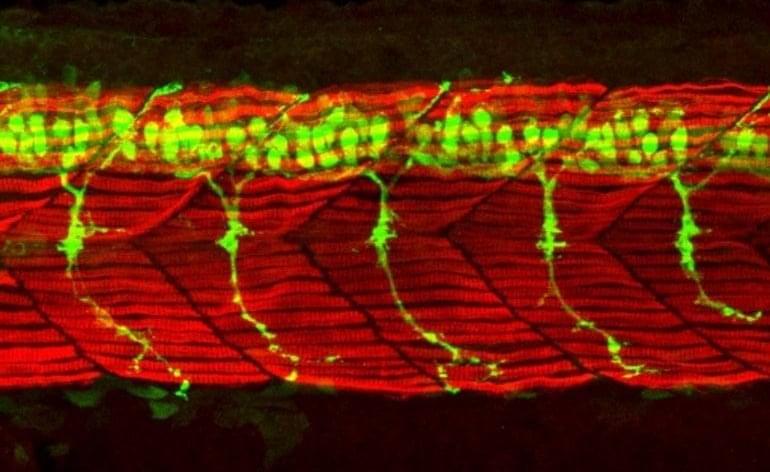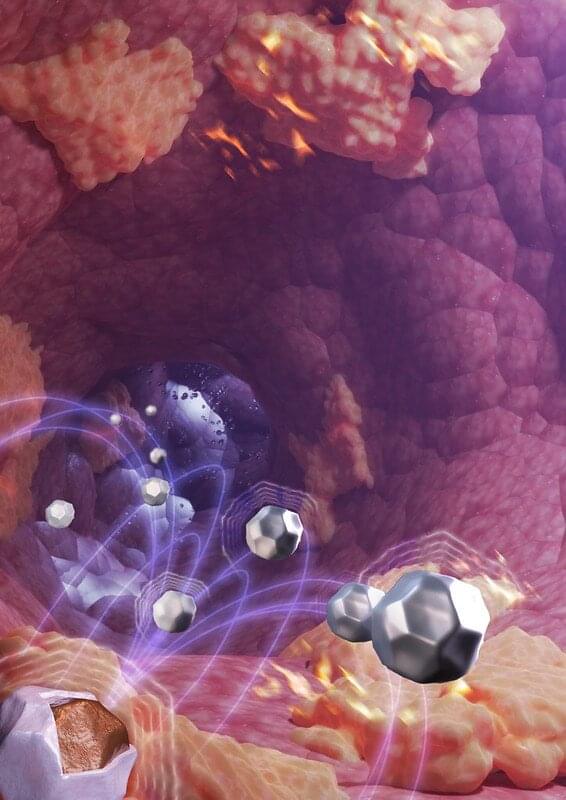A trip deep into the far future, to the End of Earth.
Visit our sponsor, Brilliant: https://brilliant.org/IsaacArthur/
For most of human history, the end of Earth, the Universe, and Time itself were all identical, now we know the world will end in 4 billion years, long before the Universe begins to wind down. Today we will ask how we can extend that, and keep Earth around for far longer.
Visit our Website: http://www.isaacarthur.net.
Join the Facebook Group: https://www.facebook.com/groups/1583992725237264/
Support the Channel on Patreon: https://www.patreon.com/IsaacArthur.
To help us grow your SFIA community, follow https://twitter.com/Isaac_A_Arthur on Twitter and RT our future content.
Visit the sub-reddit: https://www.reddit.com/r/IsaacArthur/
Listen or Download the audio of this episode from Soundcloud: https://soundcloud.com/isaac-arthur-148927746/dying-earth.
Cover Art by Jakub Grygier: https://www.artstation.com/artist/jakub_grygier.
Script Editing.
Edward Nardella.
Keith Blockus.
Mark Warburton.
Matthew Acker.
MolbOrg.
N Kern.
Sigmund Kopperud (Wicked Woxel)
Graphics Team:
Edward Nardella.
Jeremy Jozwik.
Jarred Eagley.
Justin Dixon.
Jeremy Jozwik.
Katie Byrne.
Kris Holland of Mafic Stufios: www.maficstudios.com.
Luuk Warringa.
Mihail Yordanov.
Murat Mamkegh.
Nick Talmers Nieuwoudt.
Pierre Demet.
Sergio Botero: https://www.artstation.com/sboterod?fref=gc.
Stefan Blandin.
Music Supervisor.
Luca De Rosa.
Music:






